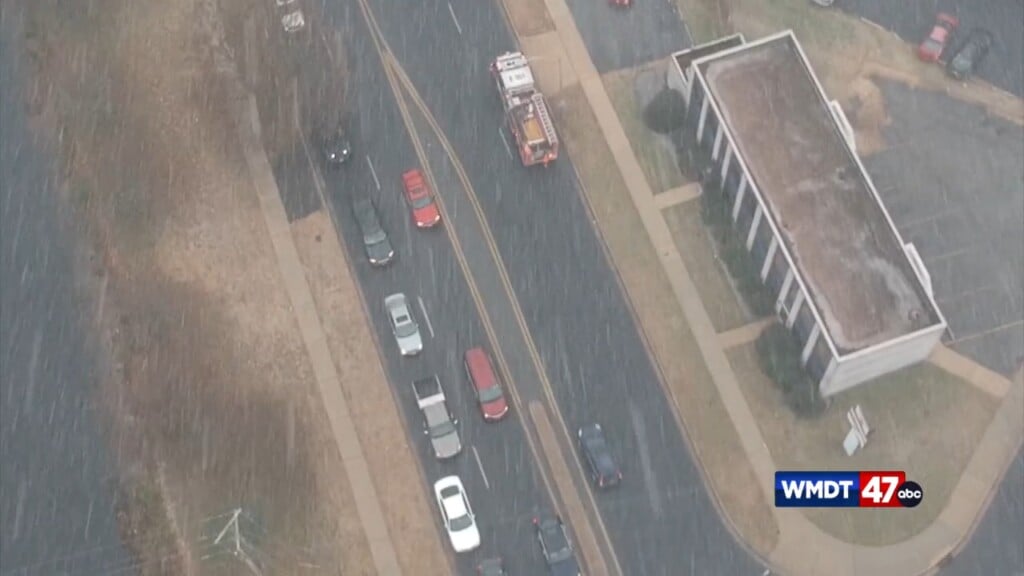Researchers predict 33% smaller dead zone in Chesapeake Bay this summer
DELMARVA – Good news for the health of the Chesapeake Bay. Researchers predict the dead zone will be 33% smaller than the long-term average between 1985 and 2022. It would be the smallest dead zone on record, if the forecast is accurate.
What is a dead zone?
As spring and summer stretch on, nutrient pollution can encourage the growth of algae blooms. Those blooms remove oxygen from the water when they die off, leaving dead zones.
“It’s really a zone of low oxygen. So, organisms have a hard time living there. It’s not technically completely dead. But, the fish avoid it,” said Virginia Institute of Marine Science research professor Dr. Marjy Friedichs.
Bay Pollutant Numbers Fall
Researchers also say that a lack of rainfall this spring helped reduce the size of the dead zone. Between November 2022 and May 2023, river flows were measured at 20% lower than average. And, as a result, nitrogen pollution flow into the bay from its watershed was reduced by 42% between January and May of 2023.
Scientists estimated 74 million pounds of nitrogen at nine river input monitoring stations, and 5.2 million pounds were tracked from wastewater treatment plants. Last year, researchers noted 102 million pounds from monitoring stations, and 5.7 million pounds from wastewater treatment plants.
Monitoring the Bay’s Health
While the dead zone is a yearly occurrence in the bay, Dr. Friedrichs says its varying size is important to take note of. “Every year, it can be a different size, depending on how much fertilizer and all comes into the bay. Pollution can make it bigger, and bigger, and bigger,” she said. “Temperature and weather play a part, too.”
Dr. Friedrichs says another factor that may be influencing the size and duration of the dead zone, is warming water temperatures accelerated by climate change.
“Some of my own research is looking at how climate change impacts the size of the dead zone,” said Dr. Friedrichs. “As the climate continues to warm, it’s continually making this dead zone bigger, and bigger, and bigger.”
Promising Signs
With these factors in mind, Dr. Friedrichs says this year’s dead zone forecast is promising.
“I would say we’re definitely taking a step in the right direction,” said Dr. Friedrichs. “The fact that we’re actually making it smaller, despite climate change, is really a tremendously good sign for the [pollution] management efforts really working in the bay.”
Researchers will follow up on the forecast with a bay-wide assessment of this year’s dead zone in the fall.
“If we’ve had a big storm, that gets the high oxygen surface water down the bottom, and just kind of dissipates the dead zone,” said Dr. Friedrichs. “It can be very sporadic throughout the summer. But, at the end of the year, we integrate it, and see how well the forecast does.”


